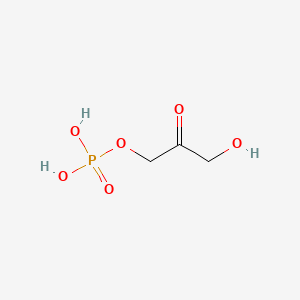Formula C3H7O6P Classification Sugar phosphates | Molar mass 170.06 g/mol | |
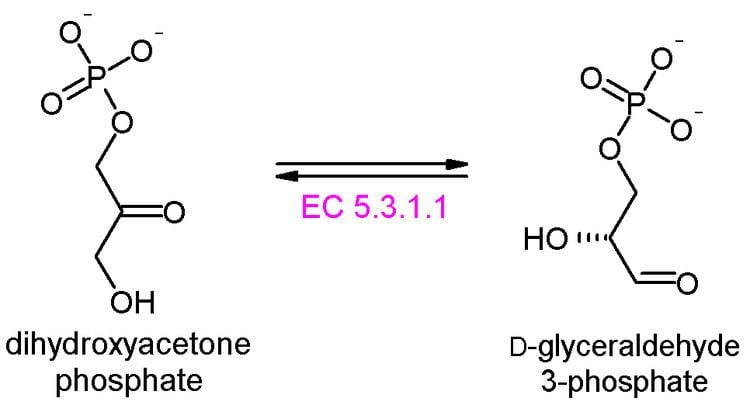 | ||
Medical vocabulary what does dihydroxyacetone phosphate mean
Dihydroxyacetone phosphate (DHAP, also glycerone phosphate in older texts) is a biochemical compound involved in many metabolic pathways, including the Calvin cycle in plants and glycolysis.
Contents
- Medical vocabulary what does dihydroxyacetone phosphate mean
- Role in glycolysis
- Role in other pathways
- References
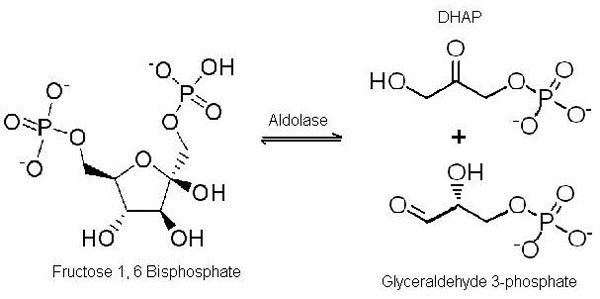
Role in glycolysis

Dihydroxyacetone phosphate lies in the glycolysis metabolic pathway, and is one of the two products of breakdown of fructose 1,6-bisphosphate, along with glyceraldehyde 3-phosphate. It is rapidly and reversibly isomerised to glyceraldehyde 3-phosphate.

Compound C05378 at KEGG Pathway Database. Enzyme 4.1.2.13 at KEGG Pathway Database. Compound C00111 at KEGG Pathway Database. Compound C00118 at KEGG Pathway Database.
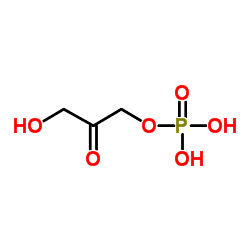
The numbering of the carbon atoms indicates the fate of the carbons according to their position in fructose 6-phosphate.
Compound C00111 at KEGG Pathway Database.Enzyme 5.3.1.1 at KEGG Pathway Database.Compound C00118 at KEGG Pathway Database.
Click on genes, proteins and metabolites below to link to respective articles.
Role in other pathways
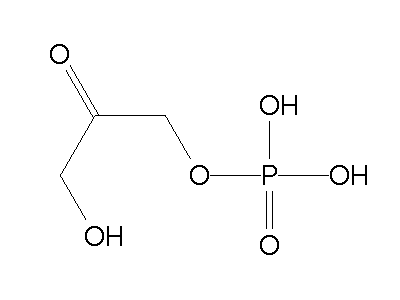
In the Calvin cycle, DHAP is one of the products of the sixfold reduction of 1,3-bisphosphoglycerate by NADPH. It is also used in the synthesis of sedoheptulose 1,7-bisphosphate and fructose 1,6-bisphosphate, both of which are used to reform ribulose 5-phosphate, the 'key' carbohydrate of the Calvin cycle.
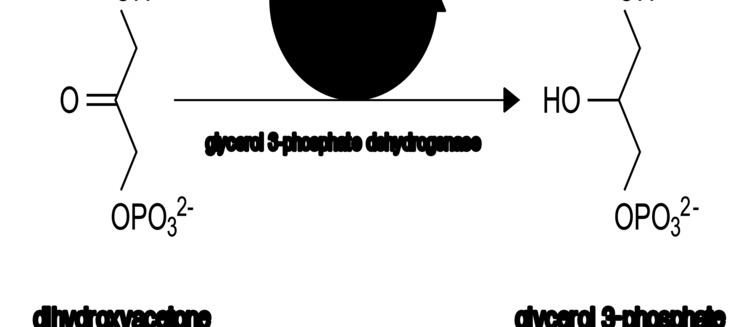
DHAP is also the product of the dehydrogenation of L-glycerol-3-phosphate, which is part of the entry of glycerol (sourced from triglycerides) into the glycolytic pathway. Conversely, reduction of glycolysis-derived DHAP to L-glycerol-3-phosphate provides adipose cells with the activated glycerol backbone they require to synthesize new triglycerides. Both reactions are catalyzed by the enzyme glycerol 3-phosphate dehydrogenase with NAD+/NADH as cofactor.
DHAP also has a role in the ether-lipid biosynthesis process in the protozoan parasite Leishmania mexicana.
